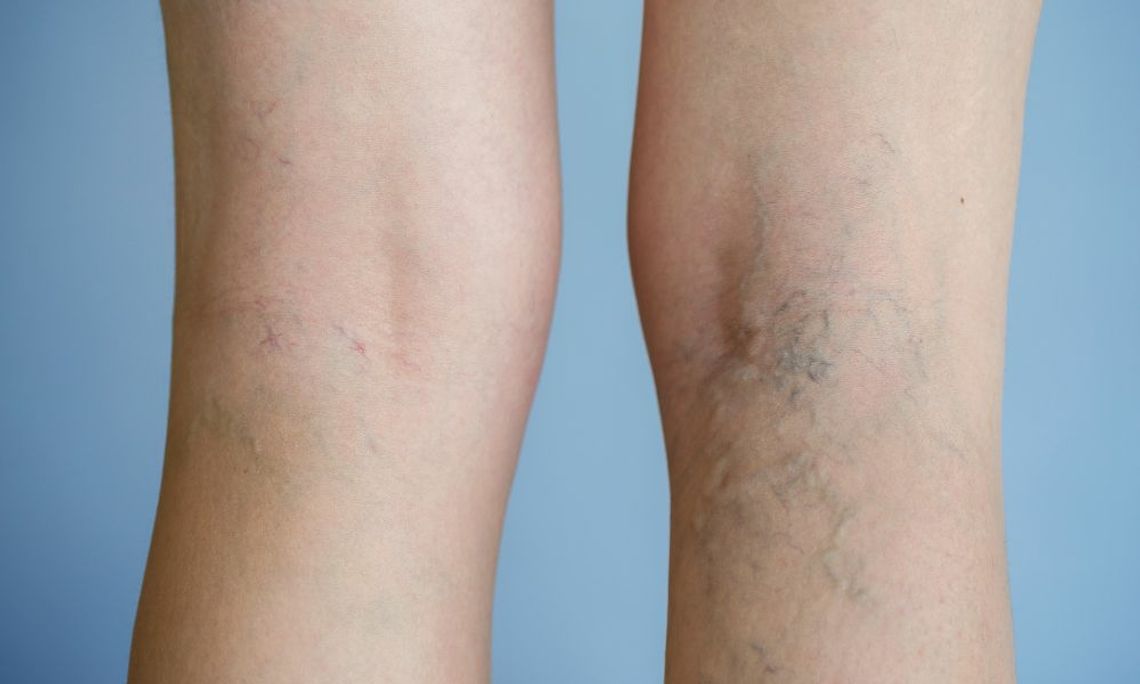Health insurance is one of the largest hurdles Americans must overcome at some point in their lives. With the relativity and uncertainty that goes into various insurance plans and providers, most Americans may not know if they qualify. Fret not. Here are three pre-existing conditions covered by insurance. If you or someone you know suffers from these conditions, insurance should process the claim to save you money and stress during your treatment.
Cancer
Cancer is, unfortunately, one of the most common forms of pre-existing medical conditions today. It’s a group of diseases in which an abnormal number of cells grow and spread to other parts of the body. These cells are tumors, which can fall under benign or malignant categories. Benign tumors are noncancerous and grow slowly, whereas malignant tumors are cancerous and invade normal body tissue rapidly. Treatments include radiation therapy, chemotherapy, and medication.
While cancer in itself is a pre-existing condition, insurance coverage typically applies to after-care treatment, like chemotherapy. For instance, the Affordable Care Act prohibits insurance companies from denying or canceling your plan due to cancer. Cancer can also strike at any moment, so consult an agent to establish a coverage plan as soon as you or a loved one receives a diagnosis.
Diabetes
Diabetes is a common pre-existing medical condition that occurs when the body fails to metabolize blood sugars. Increased thirst and appetites followed by excess urination are common symptoms. Diabetes can lead to further complications, including but not limited to stroke, heart disease, kidney failure, cognitive impairment, and pain in the hands or feet. Approximately 37 million Americans suffer from either type 1 type or 2 diabetes. Type 1 diabetes implies that the body can’t produce insulin and requires medical intervention. Type 2 diabetes means the body can’t produce enough insulin, but lifestyle changes—i.e., exercise and dietary changes—can help prevent or delay the condition.
Health insurance provides state and federal mandates for policyholders. Coverage for state and federal mandates includes diabetes education, services, equipment, supplies, and medication. Health insurance also acts to keep copayments for certain medications, like insulin, at stable prices.
Varicose Veins
Varicose veins are another one of the three pre-existing conditions covered by insurance. Many Americans don’t realize that varicose veins are a pre-existing condition. However, it’s important to note that varicose veins and other veinous conditions have insurance coverage. More importantly, you must receive a medical diagnosis for insurance to process your claim. If deemed a cosmetic procedure, this will not fall under a pre-existing condition. However, if you experience blood clots, leg ulcers, or ruptured veins, these count as symptoms of a greater venous condition.
Some varicose vein treatments involve basic preventative measures, such as compression garments or weight loss. Still, if you continue to see issues, you may fall under insurance coverage for medical procedures such as drainage or surgery.


Comment
Comments